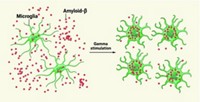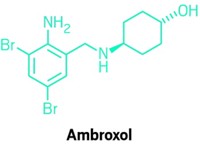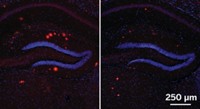Advertisement
Grab your lab coat. Let's get started
Welcome!
Welcome!
Create an account below to get 6 C&EN articles per month, receive newsletters and more - all free.
It seems this is your first time logging in online. Please enter the following information to continue.
As an ACS member you automatically get access to this site. All we need is few more details to create your reading experience.
Not you? Sign in with a different account.
Not you? Sign in with a different account.
ERROR 1
ERROR 1
ERROR 2
ERROR 2
ERROR 2
ERROR 2
ERROR 2
Password and Confirm password must match.
If you have an ACS member number, please enter it here so we can link this account to your membership. (optional)
ERROR 2
ACS values your privacy. By submitting your information, you are gaining access to C&EN and subscribing to our weekly newsletter. We use the information you provide to make your reading experience better, and we will never sell your data to third party members.
Biological Chemistry
Transplanted neurons could heal injuries, restore sight
Embryonic neurons transplanted in mice with damaged visual cortices could integrate into neural networks
by Sarah Everts
October 31, 2016
| A version of this story appeared in
Volume 94, Issue 43
When neurons die, they cannot be repaired—but perhaps they can be replaced. The idea of transplanting cells into injured brains has shown promise in the clinic. For example, some of the symptoms of Parkinson’s disease patients were alleviated after they received transplants of fetal brain cells to peripheral regions of the brain. But researchers did not know whether transplanted neurons can truly be integrated into preexisting circuits and participate in neural pathways. Now, a team led Mark Hübener of the Max Planck Institute of Neurobiology and Magdalena Götz of the Institute of Stem Cell Research at Munich’s Helmholtz Center have shown that embryonic neurons transplanted into the injured visual cortex of adult mice establish connections with other cells in the brain such that their neurological responses “become indistinguishable from those of host neurons” (Nature 2016, DOI: 10.1038/nature20113). If the work in mice holds true in humans, this finding could lay a path toward healing brain injuries. An important next step is identifying chemical guidance cues that allow foreign cells to pass as native.





Join the conversation
Contact the reporter
Submit a Letter to the Editor for publication
Engage with us on Twitter